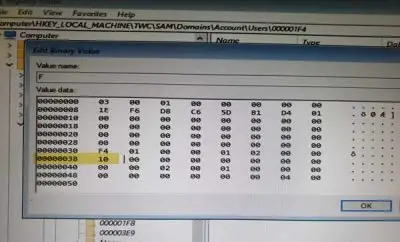

If you see a down arrow on the Administrator account icon, that means it is disabled, and you need to enable it to use. Double-click on the Users folder to see the Administrator account. In the Run dialog box, type the following and hit Enter from the keyboard:- lusrmgr.msc Press Windows + R keys to open the Run dialog box. To disable the built-in admin account, in the above steps, in step 2, execute the following command:- net user administrator /active:no How to Enable the Administrator Account on Windows 11 using Local Users and Groups? It is not recommended to enable the built-in administrator account, so once you finish troubleshooting or any other specific task, disable it. In the Command Prompt window, type the following and hit Enter from the keyboard to activate the administrator account:- net user administrator /active:yesĪfter executing the above steps, you should get the output, “The command completed successfully.” Now, the built-in administrator is active on your Windows 11, and you can log in to that like any other normal user account. If User Account Control dialog box opens, click the Yes button. In the Run box, type CMD and press CTRL + SHIFT + ENTER from the keyboard to open Command Prompt window with elevated rights. To open the Command Prompt with admin rights on Windows 11 PC, press Windows + R keys to launch the Run dialog box. Open the Command Prompt with administrator privileges. How to Enable Administrator Account in Windows 11 using Command Prompt? If next to it, you see No, then the built-in administrator is disabled or inactive, and you need to enable or activate it. In the Command Prompt window, type the following and hit Enter from the keyboard to see the current status of the Administrator account:- net user administrator From the available search results, click on the “Command Prompt” to open it. Click on the Search button from the taskbar and type CMD in the search box. How to check the Administrator Account status on Windows 11?



 0 kommentar(er)
0 kommentar(er)
